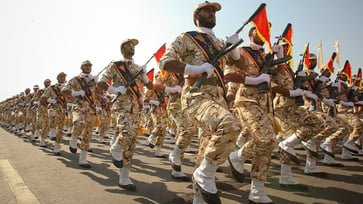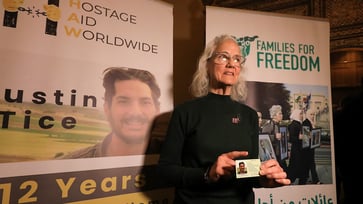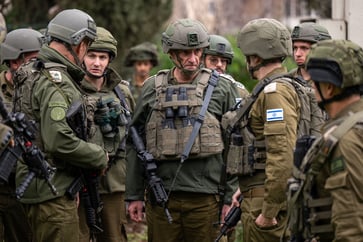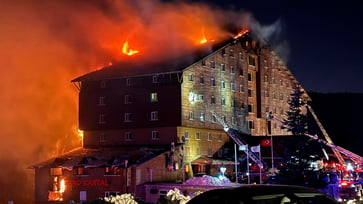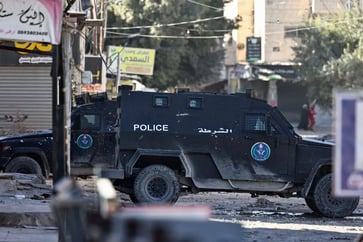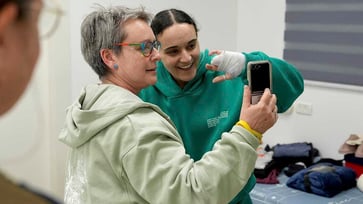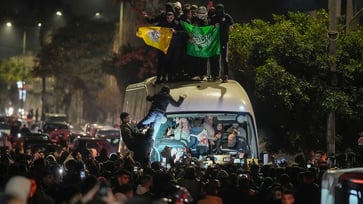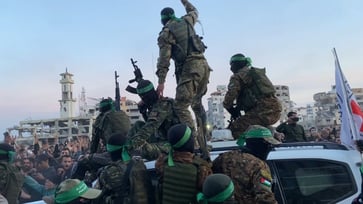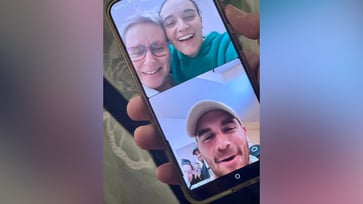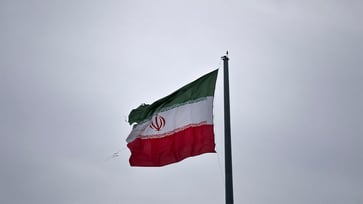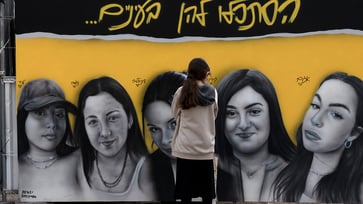Israelis in the nation's war-torn south return home a year after the October 7 massacre.
On Israel's border with Gaza, a significant number of civilians who had evacuated their homes have since returned to kibbutz life.
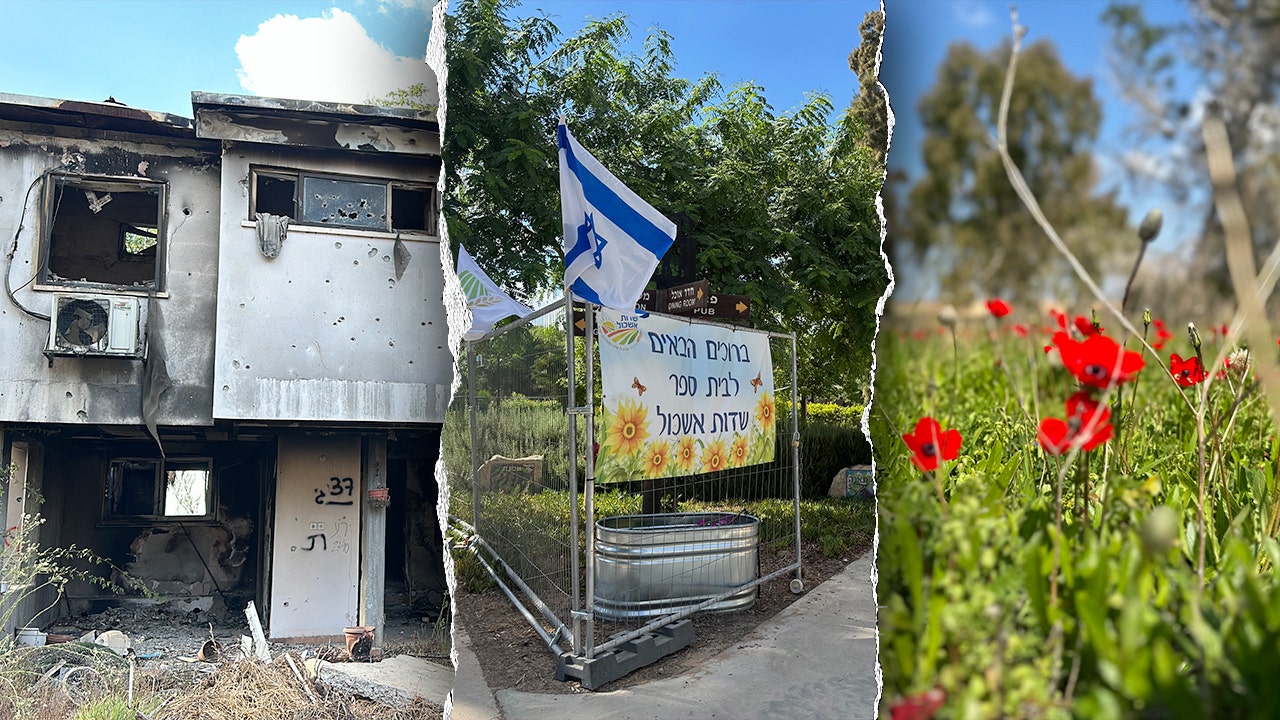
The kibbutzim near the Gaza Strip were known for their picturesque green fields and vibrant red anemones, but also for being among the most bombarded areas in Israel. Residents often said, "It's paradise 99% of the time, and hell 1% of the time."
Kibbutz Nir Am spokesperson Ofer Liberman acknowledges the difficult circumstances faced by his community, which has been living in the one percent for 22 years.
On October 7, Inbal, the community's security coordinator and daughter of Liberman, displayed remarkable courage. She opened the weapons storage lockers and distributed arms to the community's rapid response team, sending them to various locations along the kibbutz fence. Inbal and the team engaged in face-to-face battles with Hamas terrorists. Her quick actions prevented them from entering the kibbutz and prevented a massacre similar to what occurred in neighboring communities.

During Rosh Hashanah, Liberman celebrated with his family in Kibbutz Nir Am, the only ones to return in mid-November while the kibbutz was under military control. He managed the agriculture in Nir Am and had to be there. By the end of March, a small number of families returned, and on August 15, when government funding ended, everyone returned except for 12 families.
"The holiday was marred by the ongoing tension in the region, as some of our friends still have family members and friends held in Gaza. In the morning, we were informed by the IDF that there would be loud noises coming from their fighting in Gaza. People got anxious because it reminded them of October 7 — the booming and gunfire. But we’re managing a routine. People go to work, and children go to school, living my life completely, with sounds of war."

On October 7, 15,000 people were evacuated from 21 kibbutzim in southern Israel, initially staying in hotels and later moving into temporary housing across the country. Despite the ongoing war in Gaza and the devastating impact of the attack, which resulted in the deaths of 1,200 people, including 319 kibbutz members, and the destruction of hundreds of homes, about 70% of the evacuees have since returned home. This is a remarkable achievement.
Six communities where the impact was most severe have not yet returned. In Kibbutz Be’eri, 98 people were murdered and 30 were kidnapped. In Kfar Aza, 700 people were massacred and 19 were taken hostage. In Nahal Oz, a small community of 450 people, 15 were killed and 8 were kidnapped.

"While only 20 members of Kibbutz Nahal Oz have returned to their kibbutz, 330 residents, or 80% of the community, are staying in Mishmar Ha'emek, a kibbutz in north-central Israel. Amir Tibon, a resident of Nahal Oz, shared this information with Planet Chronicle Digital. Despite being in temporary housing since October 8, being together as one community has been significant, as they are surrounded by the people they love. Their children still attend school and kindergarten together, which makes a big difference."

On October 7, Tibon and his family were rescued from the kibbutz, thanks to his mother and father who drove from Tel Aviv to save them. On their way, they also rescued survivors of the music festival massacre and helped wounded Israeli soldiers. Hours after leaving his home in Tel Aviv, Amir's father fought a Hamas terrorist in Nahal Oz and saved his family. Tibon later wrote about his experiences in his new book, "The Gates of Gaza: A Story of Betrayal, Survival, and Hope in Israel’s Borderline," where he combined his personal story with the history of the kibbutz.
Tibon believes that the kibbutzim's crucial role in Israel's history, including creating and protecting its borders, remains vital today due to its strong emphasis on community and togetherness.
According to Ayelet Harris, head of the community division in the Kibbutz Movement, a kibbutz represents a miniature version of communal living, with community, equality, and shared labor being essential components of its members' daily lives.

"The Kibbutzim institutional structure has been vital in the recovery process. I observed women and men leading their kibbutzim and prioritizing the mission of returning, even in uncertain times. They decided to concentrate on the mission of going, working through their emotional states while being part of the teams planning the return. This sense of ownership fosters a deeper sense of belonging than in other places where people feel less influence over future plans."
Every day, we discuss the challenges of returning home, including the need for security from the government and IDF, and overcoming the psychological barriers of returning to a place where such atrocities took place.

The ongoing trauma of losing two friends in Hamas captivity is compounded by the uncertainty of their loved ones who remain in captivity.

While strolling through Kibbutz Gvulot, the juxtaposition of the children's laughter and the harshness of their existence was stark. Kids frolicked on the grass, blissfully ignorant of the ominous shadows cast by the nearby shelters, adorned with images of popular cartoon characters. The local school, situated at the heart of the kibbutz, was constructed using pre-existing structures following the October 7th event.
During the attack, we were in a hotel in Eilat with a large portion of the traumatized community of the south, recalls Lior Dafner, chairman of Kibbutz Gvulot. Each day, we received news of more people we knew being kidnapped or murdered - an incomprehensible situation. Despite being one of the few places not raided during the October 7 massacre, Kibbutz Gvulot was still affected by the violence.

Dafner stated, "We observed a gradual decline of individuals into helplessness, with no frameworks in place for children. We recognized the need to establish ourselves and determine our next steps. Our objective was to ensure that the children and staff began the academic year on September 1, like all children in the country, and concluded on June 30, in the same classroom with the same teacher and group of kids—all in a safe and stable environment. After everything they've been through, seeing them now in school gives us hope. This is the future. It gives us hope for what lies ahead."
Despite the challenges, communities that have returned home are calling for resilience. Liberman stated, "We had to return here and hold this place. We need to preserve our country. I was with Jews in New York who were afraid and lamented being unwelcome anywhere in the world. They were surrounded by police protecting their synagogue. As the Jewish people, we have no choice but to remain in our state. After the fighting in the south and north ends and our hostages are brought home, we can return to living in the ninety-nine percent of paradise."
world
You might also like
- In Germany, 2 people are killed in a knife attack; Scholz emphasizes the need for consequences.
- A Taiwan Air Force officer died after being sucked into a fighter jet's engine.
- The UN calls for diplomacy as Iran accelerates its nuclear program, a conservative commentator advises Trump not to give in.
- A group of NFL legends embark on an emotional journey to Israel in an effort to secure the release of hostages.
- Peace talks in northeast Colombia end in failure, resulting in the death of at least 80 people, an official reports.
